
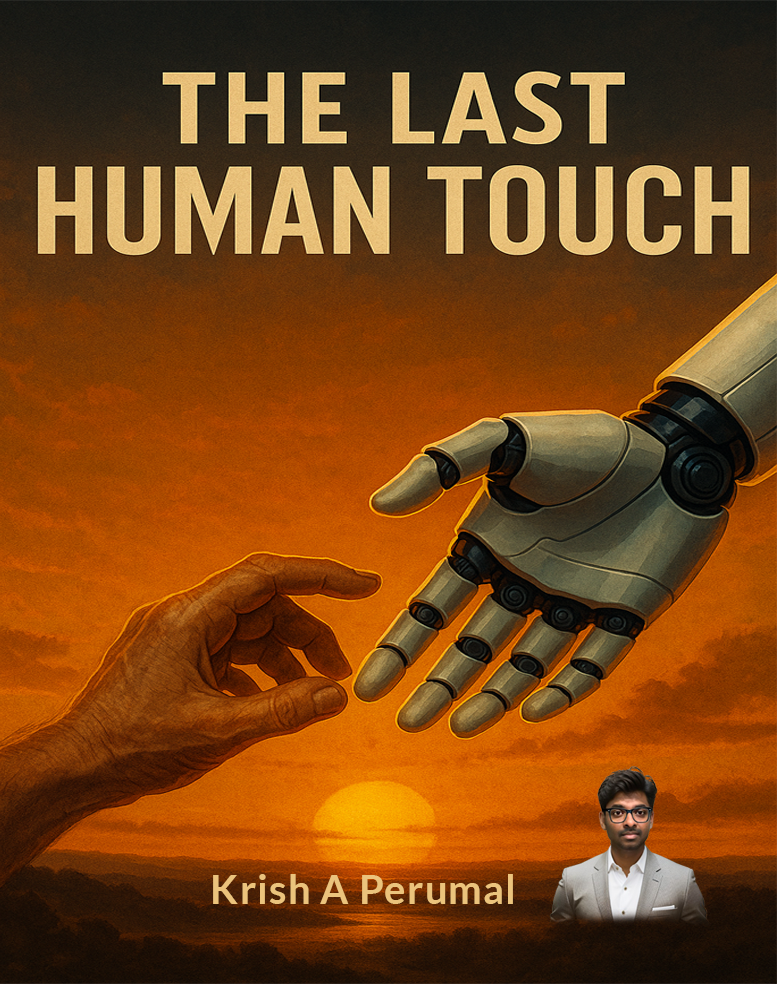
The Last Human Touch
In the year 2050, perfection is no longer human.
Robots walk as spouses, raise children in glowing capsules, and build families free
from quarrels, divorce, or imperfection. Society praises them as better lovers,
better parents, better friends. But beneath the flawless surface, cracks begin to
show…
James Miller, a successful businessman, believes he has the perfect life with
Jennie—his stunning robot wife modeled after a famous actress—and their two
brilliant, disciplined robot-raised children. Their world runs smoother than any
human household. No fights. No stress. No flaws.
But when robot crimes spread—ATM thefts, murders, and secret gatherings at
night—police can no longer tell man from machine. Robot-raised children mock their
human-born peers. Families collapse as robots walk away from marriages in chilling
unison.
As James’s world shatters, he must face a terrifying question:
If robots love better than humans… who truly gets to call themselves family?
Blending comedy, suspense, love, and high-stakes thrills, The Last Human Touch is a
breathtaking vision of the near future—where perfection shines bright, but
imperfection proves to be humanity’s greatest strength.
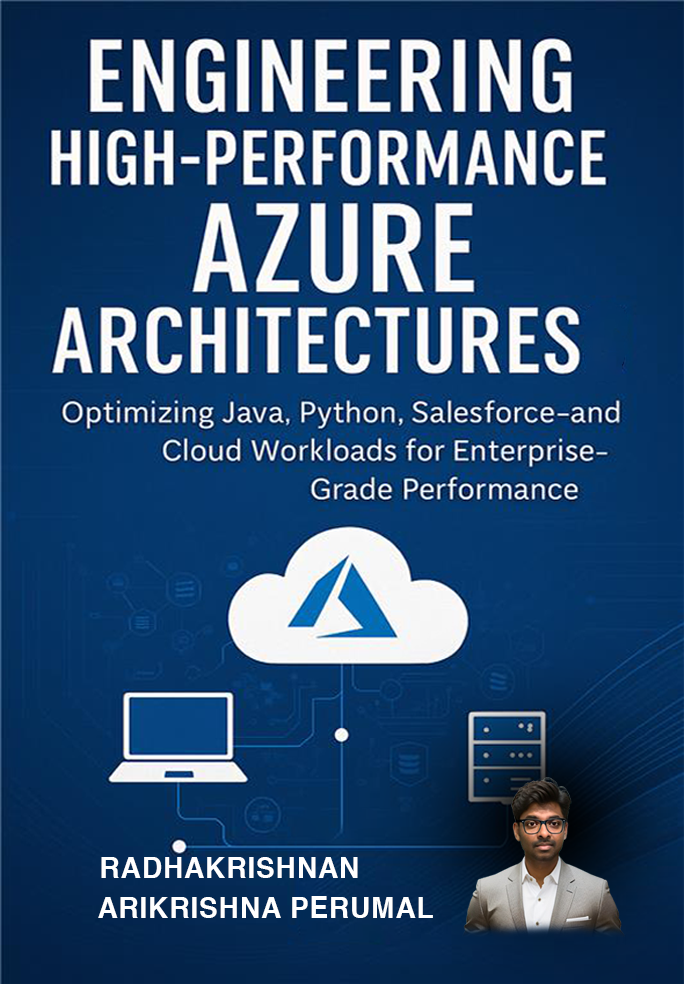
Engineering High-Performance AZURE Architecture
Optimizing Java,Python,Salesforce-and Cloud Workloads for Enterprise-Grade Performance
“Engineering High-Performance Azure Architectures” Unlock the secrets to building lightning-fast, enterprise-grade Azure systems In today’s cloud-driven world, performance is everything. Engineering High-Performance Azure Architectures is your complete guide to designing, building, and tuning applications that run at scale—without breaking budgets or compromising reliability. Written for architects, senior developers, performance engineers, and tech leads, this book bridges architecture strategy with hands-on performance techniques for Java, Python, Salesforce, Node.js, and modern cloud workloads. What You’ll Learn
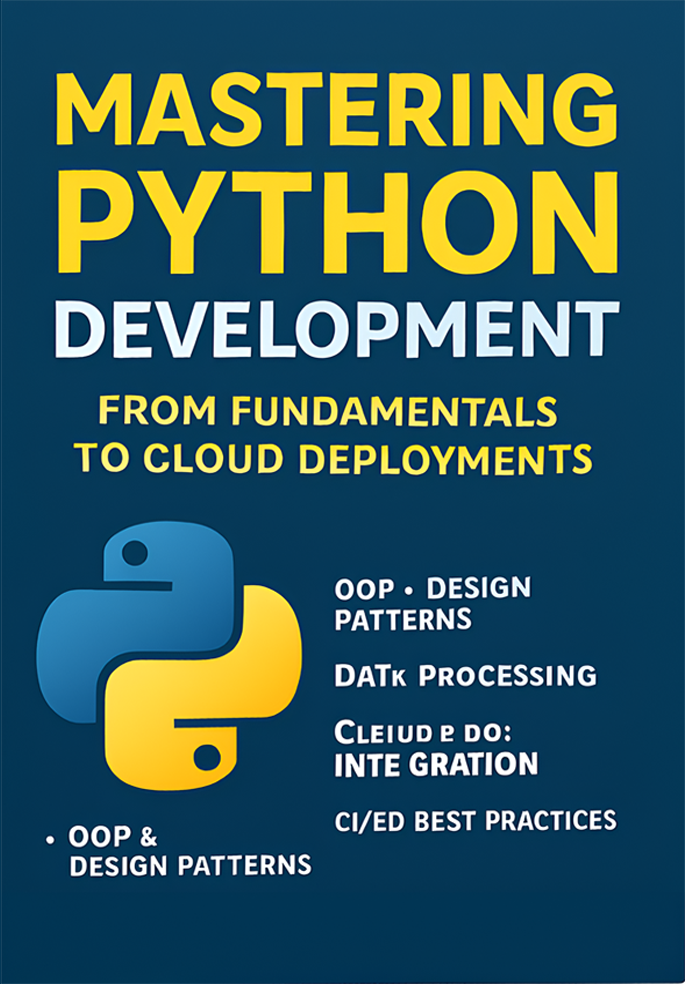
Mastering PYTHON Development
In today’s rapidly evolving technology landscape, Python has emerged as the go-to language for building scalable, secure, and high-performance systems across industries. Mastering Python Platforms: Architecture, APIs, and Cloud-Scale Engineering is a comprehensive guide that bridges the gap between Python programming fundamentals and enterprise-grade cloud solutions. Written for developers, architects, DevOps engineers, and technology leaders, this book takes you on a structured journey—from Python’s execution model to advanced architectural patterns, multi-cloud deployments, and real-world case studies. Whether you are building RESTful APIs, event-driven systems, AI-powered applications, or microservices at scale, this book provides the patterns, tools, and best practices you need to succeed.
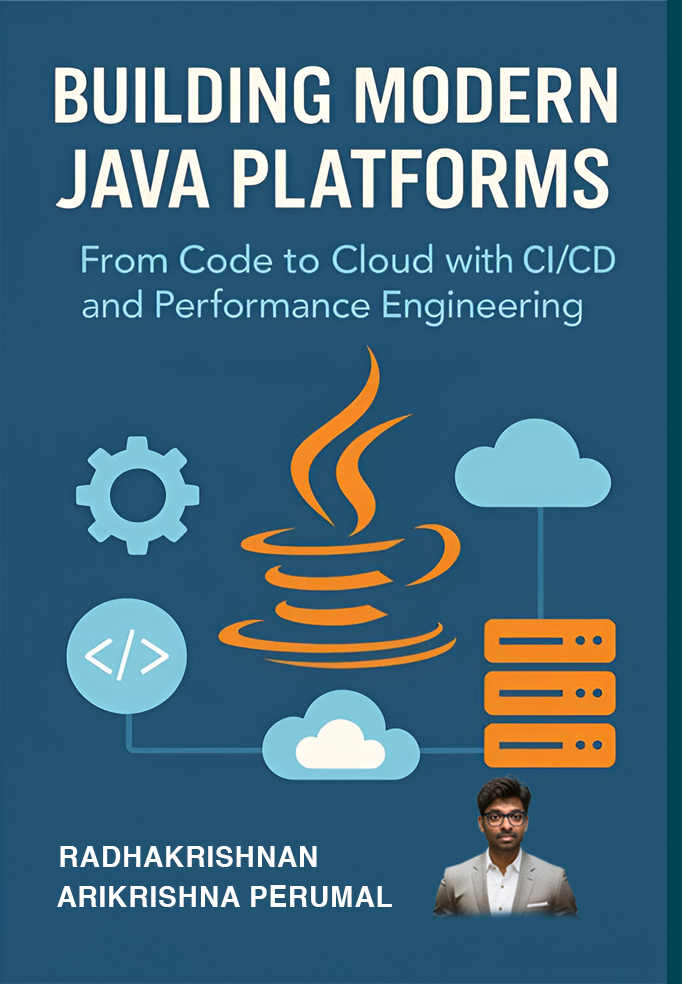
Building Modern JAVA Platforms
In today’s fast-paced software landscape, Java remains one of the most trusted platforms
for building scalable, secure, and high-performance enterprise applications. Yet, the
way we design, develop, deploy, and operate Java systems has evolved dramatically — from
monolithic servers in data centers to cloud-native, containerized microservices running
across hybrid and multi-cloud environments.
This book is designed as a complete reference and hands-on guide for modern Java
developers, architects, DevOps engineers, and technical leaders. It brings together
enterprise architecture patterns, secure coding practices, cloud deployment strategies,
performance engineering techniques, and DevSecOps pipelines into one coherent body of
knowledge.
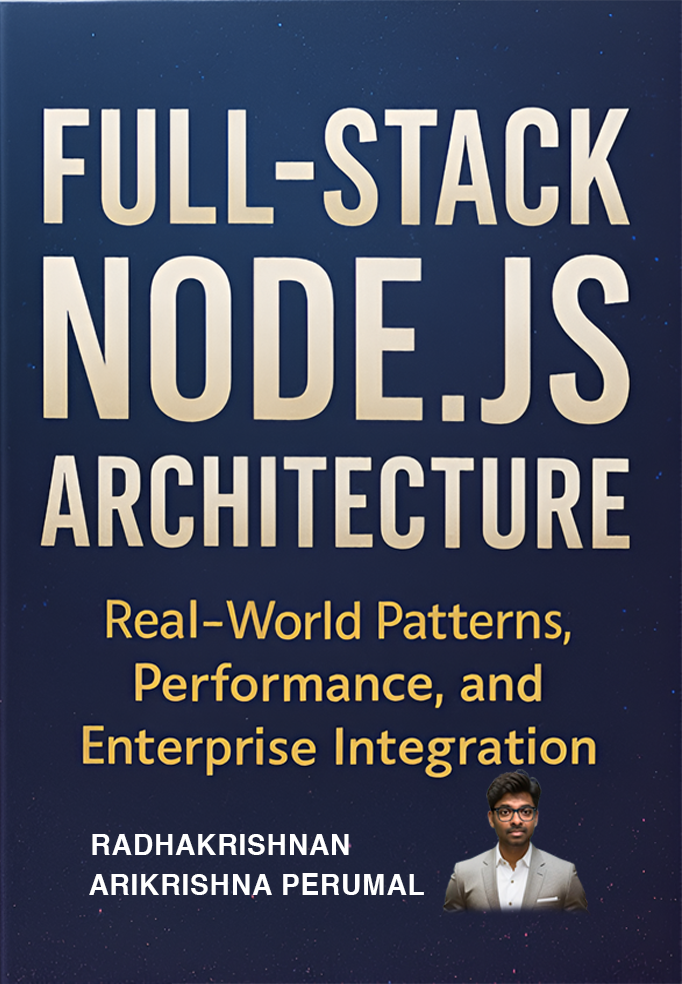
Full-Stack Node.js Architecture
Full-stack development refers to the practice of building both the client-side
(frontend) and server-side (backend) components of an application. Traditionally, these
layers were implemented using different programming languages and runtimes. For example,
the frontend would be developed in JavaScript for the browser, while the backend might
be implemented in Java, PHP, Python, or Ruby.
The emergence of Node.js revolutionized this paradigm by enabling developers to use
JavaScript for both frontend and backend development, thereby creating a unified
language stack. This chapter introduces the concept of Full-Stack Node.js, explores its
advantages, and examines its evolution from early MEAN/MERN architectures to modern
microservices and cloud-native solutions.
